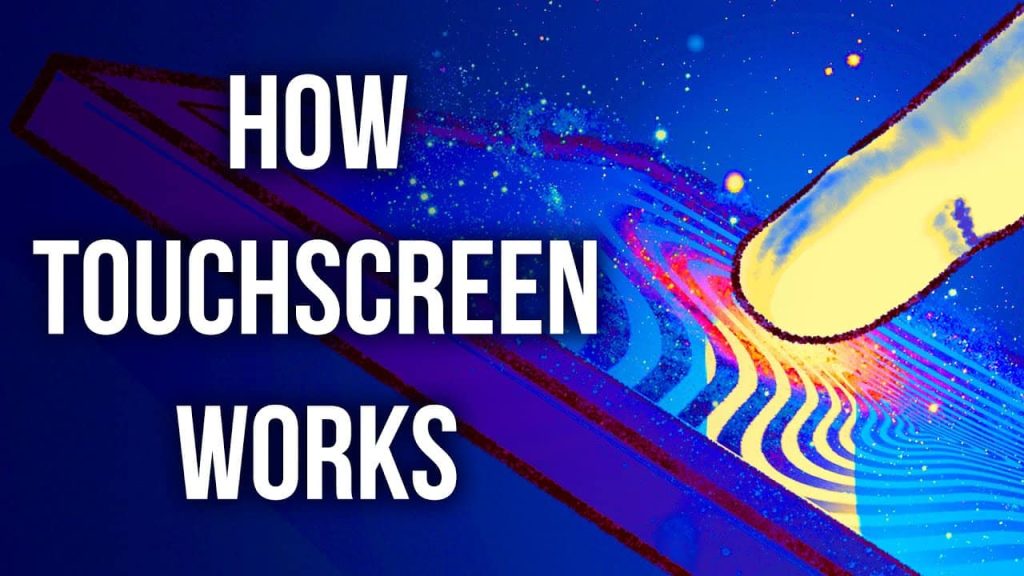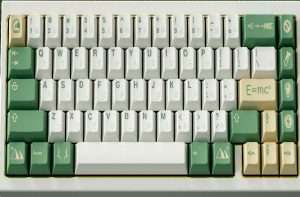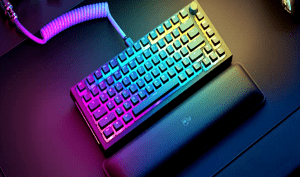How Does Touch Screen Technology Works?

What is Touch Screen Technology?
Touch screen technology is the control of electrical devices with a finger(s) via the display screen that’s made of insulating materials but coated with thin and transparent layers of electrical materials that send impulses (touches) to the panel, therefore, touch screens make use of electricity to send signals back and forth.
In Touchscreen devices, both the input and the output devices are built together. The touch screen input device is the touch panel.
Touch Screen Technology Brief History
While touch-screen tech and devices came into the limelight in the 80s, touch-screen technology had been invented by Eric Johnson in the early 1960s while he worked at Royal Radar Establishment in England.
Later in 1971, An American physicist, Doctor Sam Hurst developed the touch interface or sensor.
Today, some devices use a grid of infrared beams to send finger touch signals rather than stick touch.
Also, touch screen technology became in use later in computer devices like ATMs, Computers, Phones, Projectors, POS machines, Cash registers, TVs, etc.
The latest touchscreen technology reduces the display thickness, and other features have been optimized.
How Does Touch Screen Technology Work?
We are all familiar with touch screens. With just a few swipes or taps, we can transact payments, send messages to our friends or capture significant moments in a photo.
To understand how touch screens work, we must first appreciate the two common types of touch screen technology: resistive and capacitive.
- Resistive Toch Screen Tech
Resistive touch screens have two electrically conductive layers beneath. The top layer is resistive, while the bottom layer is conductive.
When your finger presses the screen of your device that’s made of glass, the resistive layer resists the touch.
When pressed, the resistive layer bends and comes into contact with the capacitive layer.
When both screens come into contact, the electrical current changes at the point where you press.
The change in electrical current sends a command to the software, then, the device software recognizes the command and returns a function corresponding to the contact point.
- Capacity Touch Screen Tech
On the other hand, capacitive touch screens comprise several layers of glass.
The screens are specially designed to act as a capacitor. Both the topmost and innermost layers can conduct electricity.
The mechanism is so efficient that the screen senses even the slightest touch.
Once you touch the screen, the electrical field is altered. The degree of change in the electrical field depends on the spot where you touched it.
The action is interpreted, and a function that conveys your intention is returned.
Features of Touch Screen Technology
Below are some of the key features and advantages of touchscreen technology.
- Touchpoints
The touchpoints represent the maximum number of simultaneous touches that a given device display can detect and interpret.
For most touchscreen devices, the maximum touchpoint is two. However, some devices can respond to three-finger commands.
- Response time
This is the speed with which the pixel elements in LCD switch on and off varies.
The faster this happens, the clearer the images displayed on the screen.
Devices with slow response times often display poor or blurred images.
- Ball drop test
The test is used to determine the strength of the screen. It is done by dropping a metal ball on the screen.
A strong screen should be able to withstand the impact without breaking.
- Latency
The latency of a screen is determined by tracing how far a line follows when you trace your finger across the screen.
- Touch resolution
The touch resolution is directly proportional to the image resolution. Also, low touch resolution translates to lower accuracy.
Verdict; Is It Worth It?
Yes, touch screens are worth it. Touchscreens have made everything easier.
Touch screen technology is now applicable in multiple areas of our day-to-day lives.
The latest smart home and industrial devices and machines now incorporate touchscreen technology to enhance operations.





